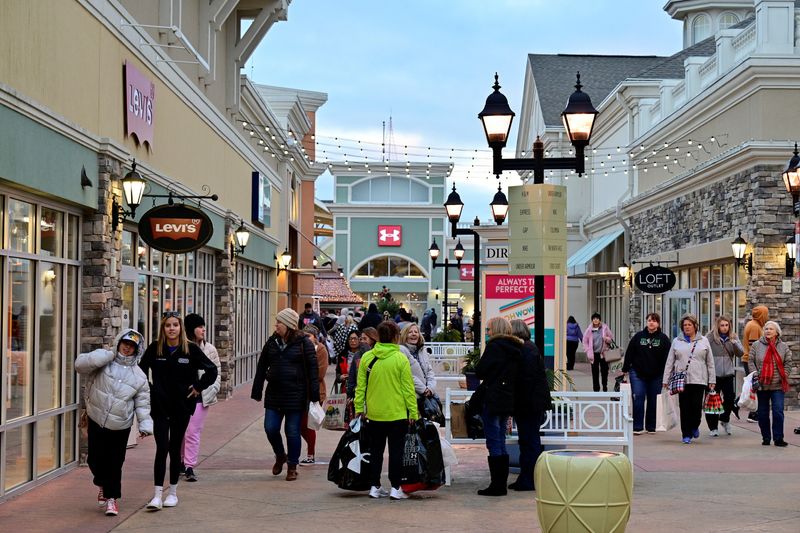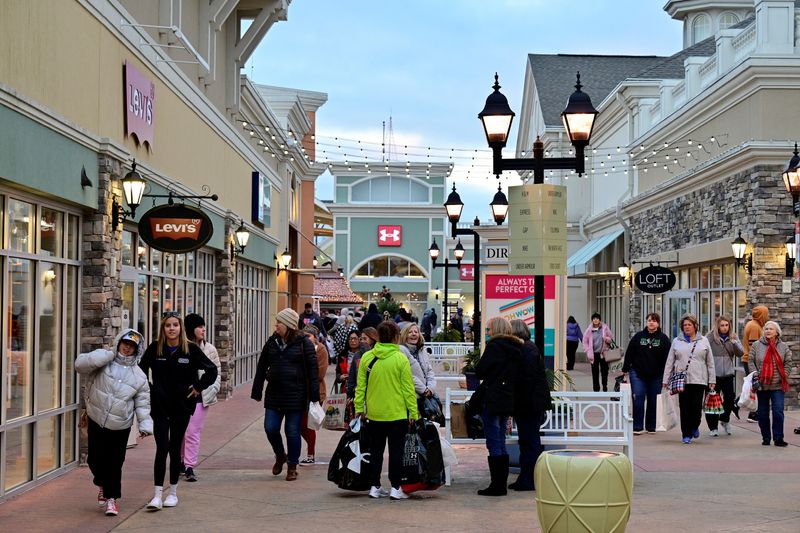
By Ann Saphir
(Reuters) -The U.S. economy ended 2024 with a slight to moderate increase in activity and a tick upward in employment, the Federal Reserve said on Wednesday, but businesses flagged a range of concerns about the potential for policies under President-elect Donald Trump to push prices higher.
The findings, which draw on observations from the business and community contacts of each of the Fed’s 12 regional banks through Jan. 6, provide a snapshot of the economy before Trump returns to the White House next week.
“More contacts were optimistic about the outlook for 2025 than were pessimistic about it, though contacts in several Districts expressed concerns that changes in immigration and tariff policy could negatively affect the economy,” the U.S. central bank said in its summary of surveys and interviews from across the country known collectively as the Beige Book.
“Contacts expected prices to continue to rise in 2025, with some noting the potential for higher tariffs to contribute to price increases.”
Concerns were evident even in regions where Trump performed strongly in his Nov. 5 election victory over Democrat Kamala Harris on a platform of hefty tariff increases and stiff restrictions on immigration.
“Outlooks continued to improve although there was concern regarding potentially adverse effects of future immigration and trade policies,” the Dallas Fed said.
“Food manufacturing and agricultural contacts in Kansas and Nebraska indicated restrictions on temporary migrant labor could lead to significant supply constraints,” the Kansas City Fed reported. “Similarly, leisure and hospitality contacts in Colorado suggested immigration restrictions could exacerbate labor shortages in towns near resort communities. Technology industry contacts expressed additional concerns surrounding the ability to employ overseas technology workers if offshoring policies were to shift.”
Manufacturers in the Richmond Fed’s district were already factoring tariffs into higher inflation expectations, the survey showed. “Firms’ expectations for price growth a year from now increased,” the bank said. “Manufacturers expected prices to rise at a faster rate a year from now compared to nonmanufacturers, with several citing tariffs on inputs as a reason for higher expected price growth in the future.”
The survey data was collected before the start of the California wildfires.
Fed policymakers cut the policy rate by a full percentage point in the final four months of last year to a current range of 4.25%-4.50%. Most project a smaller reduction this year, given slowing progress toward the Fed’s 2% inflation goal in recent months and a strong labor market.
Consumer prices rose 2.9% in the 12 months through December, data published on Wednesday showed, the largest rise since July and an acceleration from November’s 2.7% increase. December’s unemployment rate was 4.1%, lower than the prior month.
Going forward, uncertainty around how Trump’s planned tariffs, tax cuts and other policies will affect the economy also has Fed policymakers in wait-and-see mode.
Financial markets are betting on no policy rate reduction until June at the earliest.

